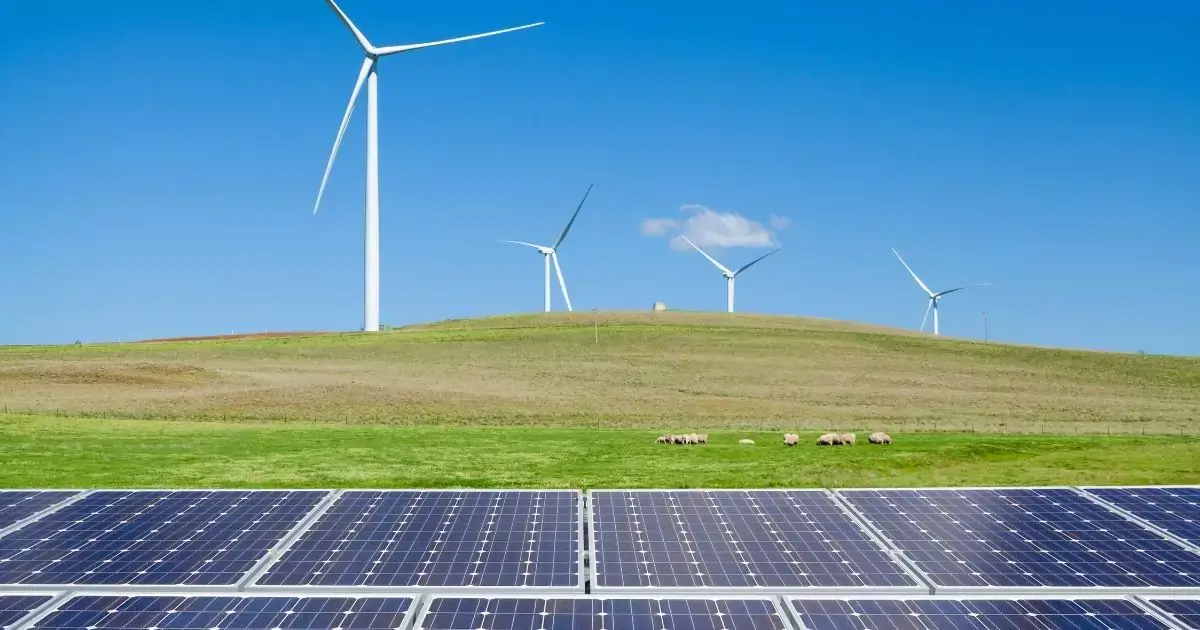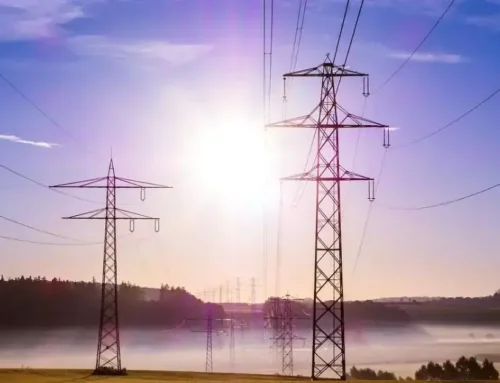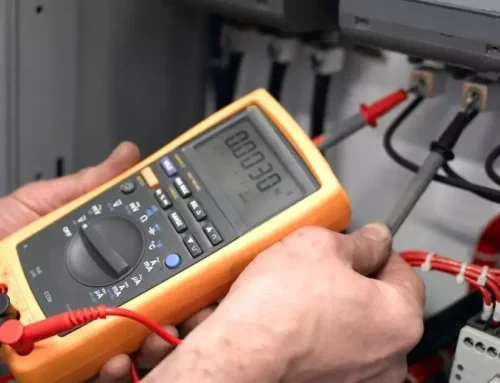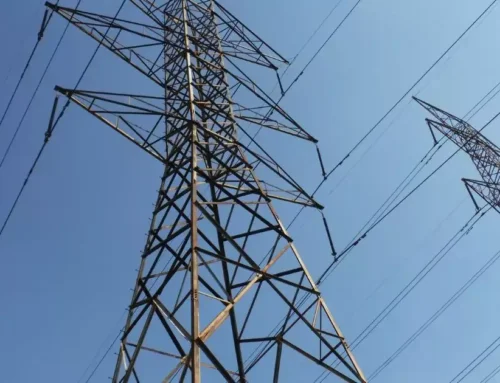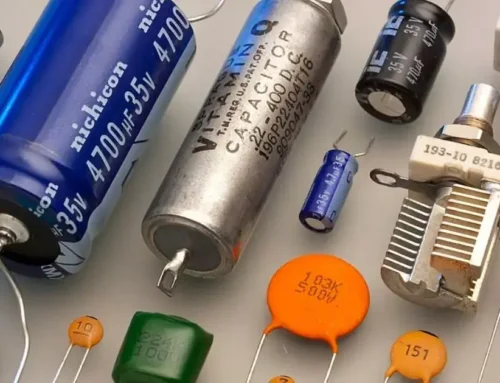Sustainability: According to the United Nations (the Brundtland Commission of the United Nations popularized the term in nineteen eighty-seven), sustainability is defined as “meeting the needs of the present without compromising the ability of future generations to meet their own needs.” True sustainability is when everyone, in all its parts, can meet their basic needs forever.
Using the preceding definition of sustainability, sustainable energy is that which meets the needs of current generations without compromising the ability of future generations to meet their own needs. Sustainable energy involves finding clean and renewable sources of energy, rather than sources that can be depleted.
Sustainable Energy
Sustainable energy is a form of energy that meets our current energy demand without risking depletion or exhaustion, and can be used over and over again. Sustainable energy should be widely promoted, as it causes no harm to the environment and is widely available for free. All renewable energy sources, such as solar, wind, geothermal, hydroelectric, and oceanic, are sustainable because they are stable and abundantly available.
The sun will continue to provide sunlight until we all are on Earth, the heat caused by the sun will continue to generate winds, the Earth will continue to generate heat from the interior and will not cool down soon, the movement of the Earth, the sun, and the moon will not stop, and this will continue to generate tides.
The process of evaporation will cause water to evaporate, which will fall as rain or ice that will flow into rivers or streams and melt into the oceans and can be used to generate energy through hydroelectric power. This clearly indicates that all of these renewable energy sources are sustainable and will continue to provide energy to future generations.
There are many forms of sustainable energy sources that countries can incorporate to stop using fossil fuels. Sustainable energy does not include any sources derived from fossil fuels or waste products. This energy is renewable and helps us reduce greenhouse gas emissions and causes no harm to the environment. If we continue to use fossil fuels at a steady rate, it will soon expire and cause adverse effects on our planet.
Fossil fuels are not considered sustainable energy sources because they are limited, cause significant pollution by releasing harmful gases, and are not available throughout the Earth. Fossil fuels generally include coal, oil, and natural gas. Measures must be taken to reduce our dependence on fossil fuels, as they pose a risk to the environment. Most countries have already begun taking steps to use alternative energy sources.
Today, around twenty percent of the world’s energy needs come from renewable energy sources. Hydroelectric energy is the most common form of alternative energy used worldwide.
Sustainable energy is an energy that will never be exhausted. It is endless.
There are multiple forms of energy that can be considered sustainable. In addition to the most considered sources such as wind, solar, and hydraulic, there are also bioenergy and geothermal energy. Bioenergy is the process of creating energy from biological masses such as straw, manure, and other agricultural by-products. Geothermal energy is energy from the Earth’s internal energy sources, such as geysers.
Energy sustainability can also be achieved through improved conservation and energy efficiency.
It is true that the most used energy sources can meet our current needs, but at the rate we use our current sources, such as coal and natural gas, we will deplete them (it’s not a play on words), leaving none for our children. Future generations will be forced to do what we could already be doing: seeking new ways to produce energy.
Types of Sustainable Energy
Sustainable energies are not only part of renewable energy sources, but they are also the sources of energy that can best be used to power homes and industries without harmful effects being generated. This is the only reason why many people recommend the use of these forms of energy in everyday life. And it is that their effects on the environment are purely advantageous.
Solar Energy
Solar energy is the best way of sustainable energy. This energy manifests itself in two forms. There is light and heat. Both forms are equally important for us in our daily lives and in other forms of life. For example, plants need light to grow and produce food, while humans need thermal energy to maintain body temperature and power their homes and industries. This means that it is the greatest form of sustainable energy.
It can be used multiple times with better results according to the needs. This alone serves to build confidence and ensure that we live as we want without causing more harm to the environment.
According to activists, they represent the future of energy. The evidence of intensive use of this alternative energy source can be seen everywhere. There are many companies that are manufacturing solar panels to harness this energy for use at home or in industries. Therefore, energy is also used for commercial purposes in many fields, such as powering homes on power grids. All that needs to be done is to acquire the solar panel and install it in homes or in commercial property. During the summer periods, energy costs can be reduced.
Storage Systems
Energy Storage Systems (ESS) are key to the decarbonization of energy systems, as they are a very versatile tool for providing flexibility to systems. A higher share of renewable energies also implies greater photovoltaic solar and wind generation. These variable technologies demand greater flexibility in electrical systems to maintain continuous balance between generation and demand. In this sense, ESS play a very important role, as they can act as a load or as a source of electricity alternately, to compensate for variations in both generation and demand.
Likewise, they can improve cost efficiency and postpone investments in expanding energy transport and distribution networks by reducing peak demand peaks from networks. At the global level, the penetration of ESS is still in its infancy. Its full utilization largely depends on regulatory frameworks enabling their participation in markets to provide these electrical services, recognizing their economic value, and being adequately remunerated.
As mentioned above, there are two main factors that hinder the rapid deployment of storage in Mexico: an inadequate regulatory framework and lack of political support.
Companies like Quartux, which develop storage projects tailored to end users, are taking advantage of existing regulation schemes (such as net billing and net metering) to offer solar energy solutions plus storage that 1) present a clear business case with an economic benefit for the user; 2) free the transmission network and eliminate transmission losses (which represent 15% of total generation); 3) can be highly scalable (given the high connectivity of the Mexican network) and could be interconnected through intelligent control to drastically reduce generation emissions.
Wind Energy
Wind is a sustainable energy source. It is naturally available and can be harnessed to generate large amounts of energy that can be used in many ways and in many places. For example, sailors harness this energy to help the ship propel itself in different directions towards distant shores for trading. Nowadays, these energy sources are marketed. There are many companies that have made significant investments in power grids and windmills to harness this energy source.
The generated energy can be sold to other people to power their homes and industries. In the near future, sustainable energies like wind power will be a huge industry, and the exploration of fossil fuels will stop and cease to be used.
Geothermal Energy
Geothermal energy allows obtaining energy from underground. For this purpose, geothermal power plants are installed that can harness the heat coming from the earth’s interior and use it to generate electricity. The temperature underground, at about 10,000 meters, is so high that it can be used to boil water. Geothermal energy cannot be harnessed everywhere, as the high temperature is necessary to generate steam that can move the turbines.
It can be harnessed in those areas with great seismic activity and prone to volcanoes. They are environmentally friendly and can generate energy throughout the day, but their ability to generate energy in suitable areas prevents us from using them on a much larger scale.
Ocean Energy
The size of the oceans on the planet is enormous. About 70 percent of the earth is covered with water. The potential of ocean energy to produce energy is considerably greater than that of any other energy source. This sustainable energy allows us to harness it in three ways: waves, tides, or the conversion of ocean thermal energy (OTEC). Tides have enormous power that, if harnessed effectively, can produce a lot of energy and be used to power millions of homes.
The waves produced in the oceans can be used by ocean thermal power plants to convert the kinetic energy of the waves into mechanical energy of the turbines which, in turn, can be converted into electrical energy through generators. The installation of large plants in the ocean can cause an ecological imbalance and alter aquatic life.
Biomass Energy
Biomass energy is generated from the combustion of wood, landfills, and municipal and agricultural residues. It is completely renewable and does not generate harmful gases like carbon dioxide, the main culprit of global warming.
Although carbon dioxide is generated when embracing these products, it is offset in the same way when plants take up this carbon dioxide and generate oxygen. It also helps reduce landfills, but it is not as efficient as fossil fuels.
Hydroelectric Energy
On the other hand, there are rivers or waterfalls whose energy from moving water is captured and can spin turbines to produce energy. This is commonly known as hydroelectric energy. It is very common nowadays and is powering most of the world and one of the largest forms of alternative energy being used today.
There are many companies and countries that export this energy to other countries that cannot harness it on their own due to lack of resources or specific conditions. Energy is generally transported in the form of power lines to multiple parts of the country and even outside it.
Hydrogen Energy
Hydrogen is the simplest and most abundant element on Earth, consisting of a single proton and an electron. Hydrogen is a clean fuel that can store and deliver usable energy, but it usually does not exist by itself in nature. It is generated from compounds that contain it. When consumed in a fuel cell, it only produces water, electricity, and heat.
Hydrogen and fuel cells can play a crucial role in our national energy strategy, with the potential for use in a wide range of applications in almost every field, including transportation, commercial, industrial, residential, and portable.
Hydrogen and fuel cells can provide energy for use in various applications, such as distribution or combined heat and power; backup power; systems for storing and enabling renewable energy; portable energy; aid energy for trucks, airplanes, trains, and ships; special vehicles, such as forklifts; and passenger and cargo vehicles, such as cars, trucks, and buses.
Due to their high efficiency and zero or nearly zero emissions performance, hydrogen and fuel cells have the potential to reduce greenhouse gas emissions in many applications.
They are the best examples of sustainable energy forms projected for the world in the near future. They are highly sustainable and, therefore, cause no environmental effects. Their inability to deplete and their lack of effect on the environment make them an ideal candidate for future energy needs.
Need for Sustainable Energy
In ancient times, wood, firewood, and waste products were the only essential sources of energy. In summary, biomass was the only way to obtain energy. As more technology developed, fossil fuels such as coal, oil, and natural gas were discovered. Fossil fuels turned out to be a blessing for humanity, as they were widely available and could be easily exploited.
When these fossil fuels began to be widely used in all countries around the world, they caused environmental degradation. Coal and oil are two of the main sources that produce a large amount of carbon dioxide in the air. This led to an increase in global warming.
Let’s look at the benefits:
Fighting climate change
Renewable energies emit little or no greenhouse gases in energy generation processes, making them the cleanest and most viable solution to avoid environmental degradation. Worldwide, the increase in road transport based on fossil fuels, industrial activity, and energy generation contribute to raising levels of atmospheric pollution. Renewable energies do not emit, or emit little, atmospheric pollutants. That is better for our health.
Inexhaustible energy source
Renewable energy is energy derived from natural resources that replenish over time without depleting the Earth’s resources. These resources also have the advantage of being abundant, available to some extent in almost everywhere, and causing little or no harm to the environment.
Solar energy, wind, and thermal energy stored in the earth’s crust are examples of this, making them an important element of a sustainable energy system that allows current development without jeopardizing that of future generations.
Reducing dependence on fossil fuels
The evolution of energy markets and geopolitical insecurity has made energy security and the resilience of energy infrastructures a priority in many national energy strategies.
The indigenous nature of clean sources gives local economies an advantage and makes sense of the term “energy independence”. Dependence on imports of fossil fuels translates into subordination to the short-term economic and political objectives of the supplying country, which can compromise the security of the energy supply.
There is a renewable resource everywhere in the world, be it wind, sun, water, or organic matter, available to generate energy sustainably.
Increasingly competitive
Renewable energies are now the most cost-competitive source of energy in many parts of the world, and renewable energy accounted for more than half of all capacity sums in the global energy sector since the last decade. Actions on these fronts are well directed, as recent announcements demonstrate.
Main renewable technologies, such as wind and photovoltaic solar, are drastically reducing their costs and are fully competitive with traditional sources in an increasing number of places. Economies of scale and innovation are already leading renewable energies to become the most environmentally sustainable solution, but also from an economic point of view, to keep energy costs at affordable levels
A suitable political horizon
Decisions taken in COP21 are convenient to renewable energies. The international community has understood its obligation to consolidate the transition to a low-carbon economy to ensure a sustainable future for the planet. The international agreement in favor of “decarbonization” of the economy forms a very convenient framework for the promotion of clean energy technologies.
Creates jobs by developing the local community
Most investments in renewable energies are spent on materials and labor to build and maintain facilities, rather than on costly energy imports. Investments in renewable energies are usually spent on the continent, often in the same country, and often in the same city. This means that the money citizens pay in their energy bill stays at home to create jobs and nurture the local economy.
What is Quartux
Quartux is a leading company in energy storage solutions, meeting the energy needs of large consumers and electricity generators in Mexico. With its tailor-made technology, Quartux promises savings of up to 40% on your electricity bill, improves the quality of your energy, and protects you from blackouts and interruptions. They design an intelligent saving and storage solution that specifically adapts to your energy consumption, providing a personalized response to your needs.
Quartux’s product offering includes high-technology and internationally recognized lithium-ion battery systems. These systems, designed and installed by Quartux, come with certifications and long-term warranties, ensuring confidence in the quality and durability of the product. In addition, Quartux offers its proprietary control software, Quartux Control, which understands your energy needs and adapts to them to maximize your savings and ensure system operation.
Among the benefits of choosing Quartux include integration with renewable energies, modularity and adaptability of its solutions, as well as an improvement in energy quality. In addition, Quartux offers various investment plans to facilitate the acquisition of its systems, including direct sale, leasing, and a Shared Savings Agreement scheme. With a return on investment of over 20% and the possibility of recovering your investment in less than 3 years, Quartux emerges as an attractive option for companies looking to optimize their energy consumption.


